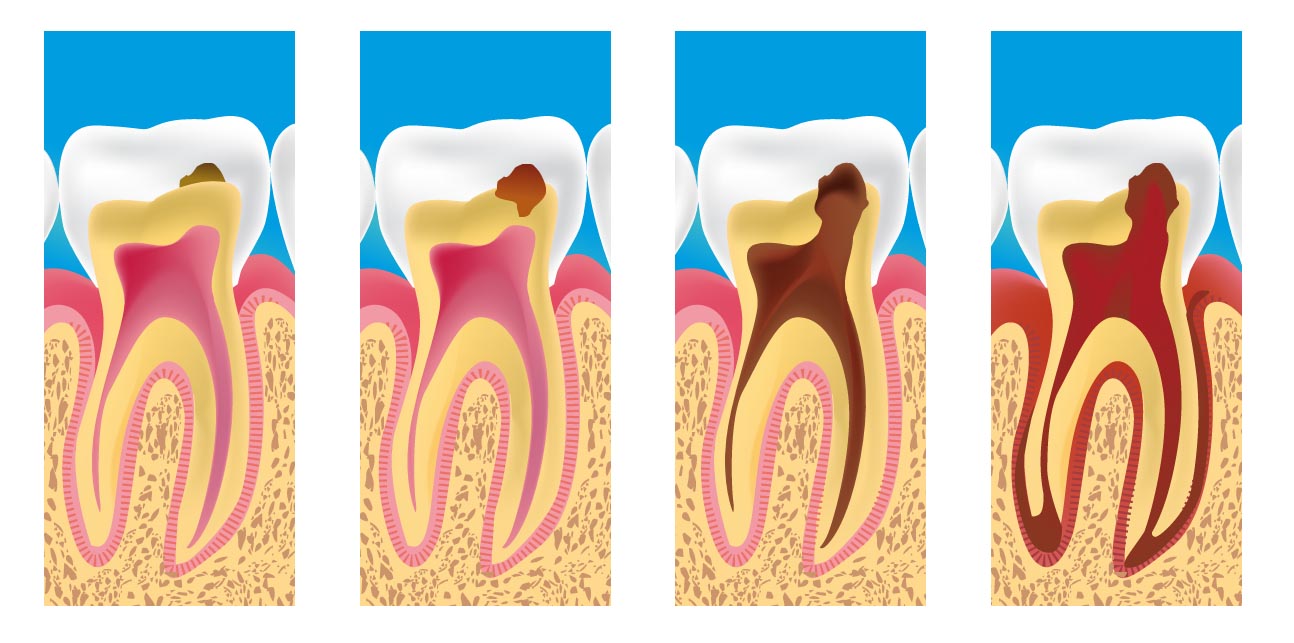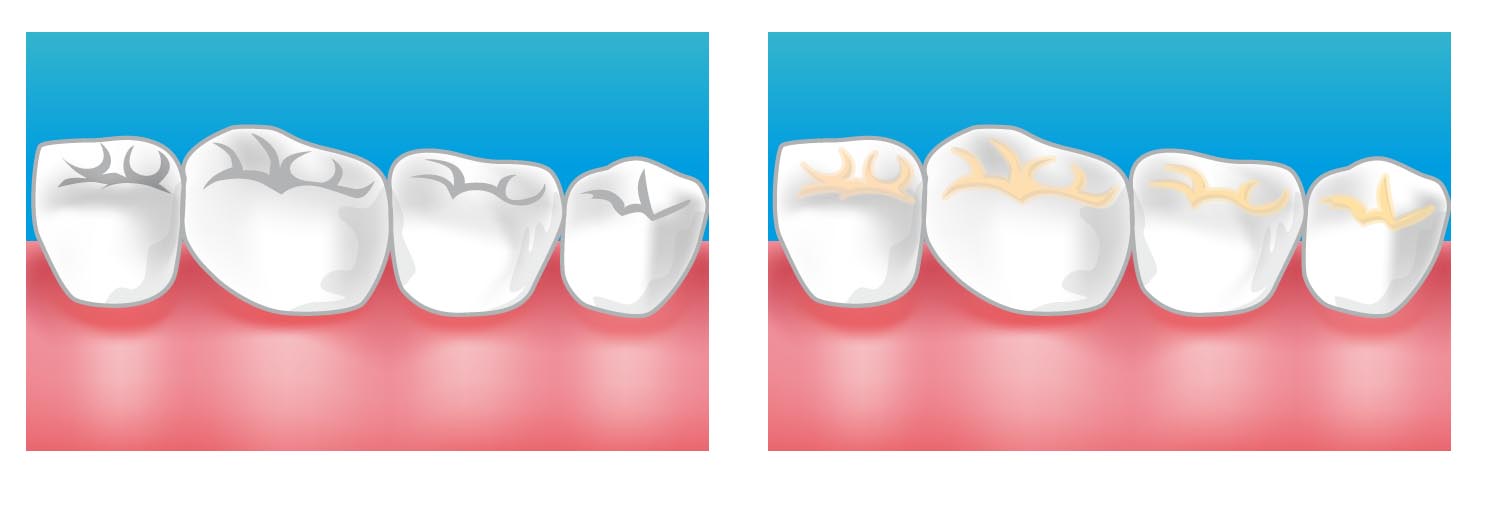 Dental caries, also known as tooth decay , is a disease where bacterial processes damage hard tooth structure (enamel, dentin, and cementum). These tissues progressively break down, producing cavities, holes in the teeth. If left untreated, the disease can lead to pain, tooth loss, infection. Tooth decay is caused by specific types of acid-producing bacteria that cause damage in the presence of carbohydrates such as sucrose, fructose, and glucose. Regular oral hygiene , fluoride toothpaste and dietary modifications will help to avoid dental caries.
Dental caries, also known as tooth decay , is a disease where bacterial processes damage hard tooth structure (enamel, dentin, and cementum). These tissues progressively break down, producing cavities, holes in the teeth. If left untreated, the disease can lead to pain, tooth loss, infection. Tooth decay is caused by specific types of acid-producing bacteria that cause damage in the presence of carbohydrates such as sucrose, fructose, and glucose. Regular oral hygiene , fluoride toothpaste and dietary modifications will help to avoid dental caries.
Prevention
Personal hygiene care consists of proper brushing and flossing daily in order to remove and prevent the formation of plaque. Plaque consists mostly of bacteria. As the amount of bacterial plaque increases, the tooth is more vulnerable to dental caries when carbohydrates in the food are left on teeth after every meal or snack. A toothbrush cannot remove plaque between teeth or inside pits and fissures, however, when used correctly, dental floss removes plaque from these areas which could otherwise develop interdental caries.
Oral hygiene measures alone are not always effective in pits and fissures, especially if they are deep,therefore food tends to be trapped, leading to occlusal (pit and fissure ) caries.This type of caries accounts for between 80 and 90 percent of caries in children (Weintraub, 2001). The teeth at highest risk for carious lesions are the first and second permanent molars. To prevent tooth decay in pits and fissures, fissure sealants can be done - see below.
Sealant
A sealant is a thin plastic-like coating applied to the chewing surfaces of the molars which prevents food being trapped inside pits and fissures and thus prevents the formation of pit and fissure caries, the most common form of dental caries. Sealants are usually applied on the teeth of children, shortly after the molars erupt. Older people may also benefit from the use of tooth sealants, but their dental history and likelihood of caries formation are usually taken into consideration. 
Symptoms
A person experiencing caries may not be aware of the disease. The earliest sign is the appearance of a chalky white spot on the surface of the tooth, indicating an area of demineralization of enamel. As the lesion continues to demineralize, it can turn brown but will eventually cavitate forming a cavity. Before the cavity forms, the process is reversible, but once a cavity forms, the lost tooth structure cannot be regenerated and a filling is needed.
Treatment
Restorative materials include composite resin, porcelain, and gold. Composite resin and porcelain can be made to match the color of a patient's natural teeth and are thus used more frequently when aesthetics are a concern. When the decay is too extensive, there may not be enough tooth structure remaining to allow a restorative material to be placed within the tooth. Thus, a crown may be needed. This restoration (sometimes called a cap ) is fitted over the remainder of the natural crown of the tooth. Crowns are often made of gold, porcelain, or porcelain fused to metal. 

